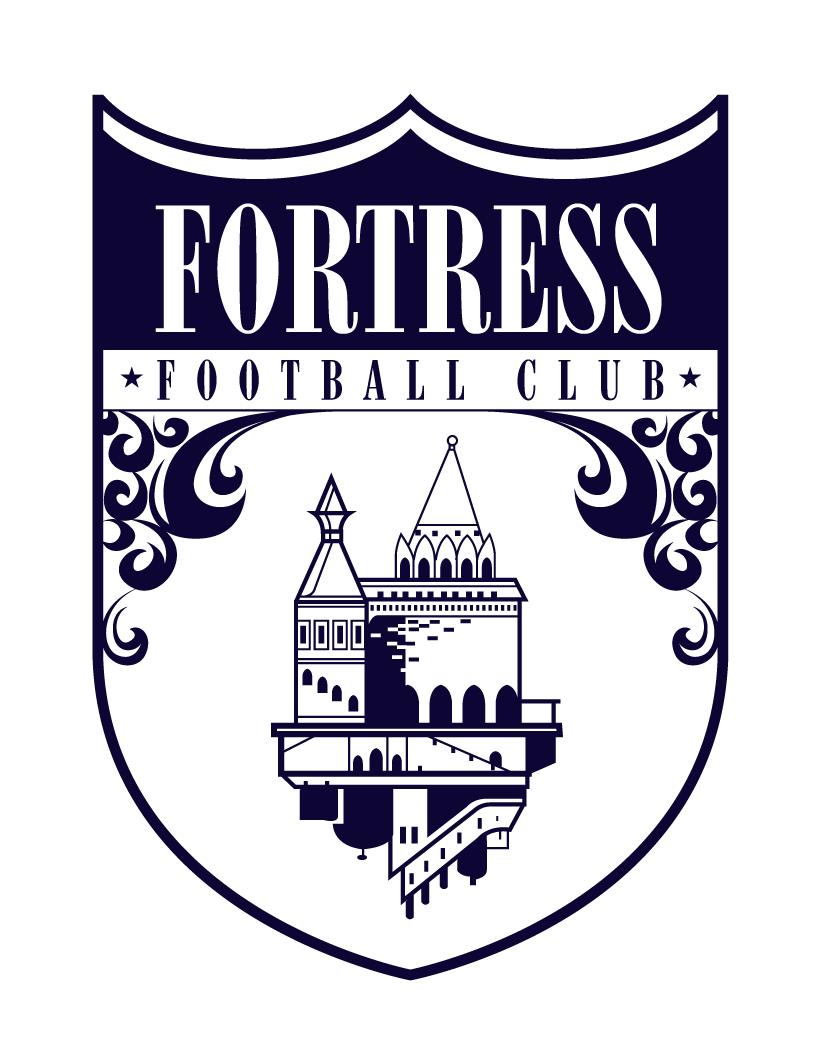Between the Lines
A concept very important in soccer is how to read between the lines of the opponent. A talented soccer player often does this in order to create space for himself or his teammates. He wants the ball more often than not and wants to ensure his team keeps possession.
Watch Lionel Messi throughout one of Barcelona’s games. You’ll see him rotating back to become an offensive midfielder, pivota, striker, and winger. He goes where he knows he has space. He also leaves his area to create space for his teammates.
As players, we are forced to identify space in small games. We have to exploit it the best we can. In 3v3 or 4v4 games, we must look to break the zonal press of the opposition. Same thing in a larger game. It’s not about kicking the ball over the top past the midfielders head to miraculously land on the foot of our forward (unlikely), it’s about moving the ball past the defense systematically, in pieces.
3v3 game
The open pass for the blue #5 player is to blue #7. He will receive the ball as red #11 closes him down. This is the easy pass.
Based on the movement from blue #11, it's possible to bypass red #7 and red #11. If blue #11 moves to the middle of the field, red #5 on the defense will follow him and try to jam him as he receives the ball, not allowing him to turn towards goal for a 1v1. This will give his wingers time to recover.
If blue #5 can trick red #7 into thinking his mark is making the run inside when blue #11 is really outside, the blue team can bypass the first line of defense (red #7 and red #11). This leaves a 2v1 or 2v2 situation and gives the blue team the ball in a much better position to score.
Or, blue #11 comes inside and receives the ball inside red #5. Blue #7 make a run down the line or a diagonal across the field to the left side. Blue #11 lays off the ball for blue #7 and it is an easy tap in goal from a one-two pass. These are a few options out of many.
3v3 gives us a glimpse of what can happen in a full size game. With more players, the game becomes more chaotic, but it works the same. Any team who builds out of the back gives us at least two examples of this. They must split their opponent’s front line first, between the forwards and midfielders, and their opponent’s second line, between the midfielders and defense.
The First Split
The predecessor to these splits are passes to move around the defense, disorient them in some way so the split is on. Without the split, teams resort to a Team USA type of soccer, kick it 45 yards over everyone and let your forward go chase the ball. No bueno.
Watch Barcelona in their 2010/11 season do this brilliantly. They’re also not afraid to move past a line and move the ball back to where it came from to continue to shift the defense around to where they want it.
All the rondos we do build cognizance of this principle: how to read between the lines and move past them. Building timing through experience is key.
Skill Drills for players - 15 minutes a day
1. Around the Cone - 5 minutes
2. Figure 8 dribbling - 5 minutes
3. Pyramid Juggling - 5 minutes
See you Thursday.


